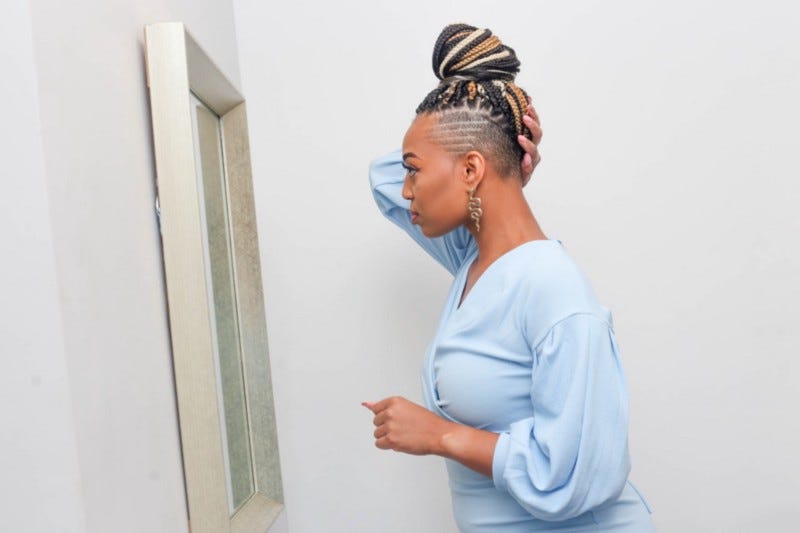
When Shea Moisture decided to create a series of hair product videos with women of various races and hair textures, they weren’t prepared for the backlash they received. Founded in 1912 with homemade hair and skin preparation tips from the founder’s grandmother, Sofi Tucker, this was a company that African and African-American women could count on to sell products that directly catered to our hair types. Their products weren’t just the same mainstream hair products found in retail stores with a black woman slapped on the bottle cover.
Women, especially African-American women, are serious about the ethnic beauty market. According to Essence, the black haircare industry pulled in approximately $2.51 billion in 2018. Additionally, a Nielsen report confirmed that, in 2017, African-Americans accounted for $54 million of the $63 million spent in the ethnic beauty market. Grooming aids and skincare weren’t short-stopping in profits either, accounting for $127 million in grooming aids and $465 million in skincare.
Recommended Read: “From childhood to adulthood: Simplest way to stop cultural appropriation ~ When imitation is more offensive than flattering”
ADVERTISEMENT ~ Amazon
As an Amazon affiliate, I earn a percentage from purchases with my referral links. I know some consumers are choosing to boycott Amazon for its DEI removal. However, after thinking about this thoroughly, I want to continue promoting cool products from small businesses, women-owned businesses and (specifically) Black-owned businesses who still feature their items on Amazon. As of the first date of Black History Month 2025, each new post will ALWAYS include a MINIMUM of one product sold by a Black-owned business. (I have visited the seller’s official site to verify that Amazon Black-owned logo.) I am (slowly) doing this with older, popular posts too. If you still choose to boycott, I 100% respect that decision.
So anytime a group is spending this much money on hair and beauty, they definitely want to be represented. This is one of the reasons it rubbed so many of their consumers the wrong way when Shea Moisture commercials started showing new faces.




